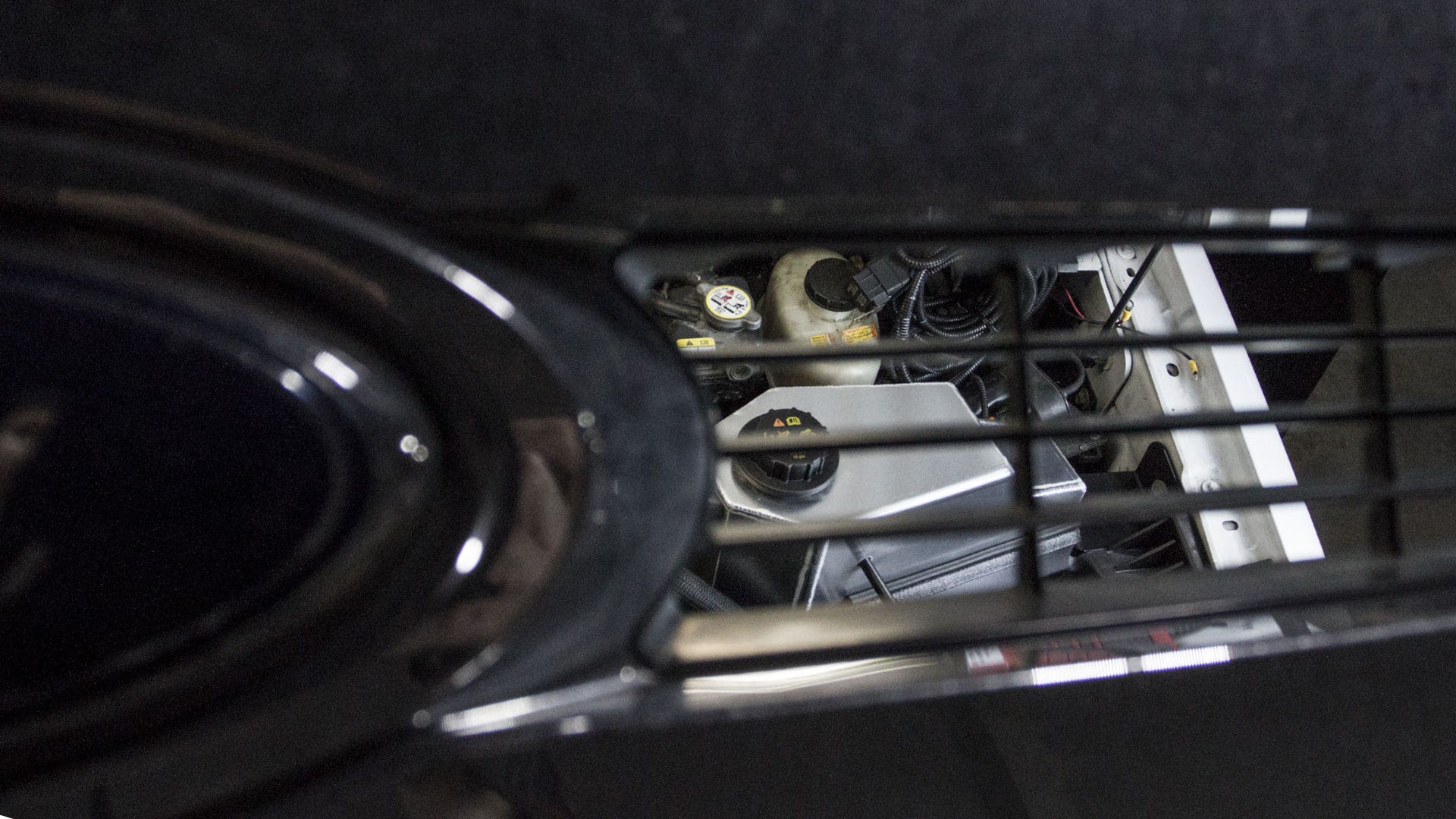
Going the Distance - Aluminum Degas Tank, Part 2: Design
As vehicles become more complex, so does designing aftermarket parts for them. When components play multiple roles, every detail must be carefully measured and accounted for. The 2008-2010 Ford 6.4L Powerstroke degas tank is no exception to that trend. Even ten years ago, manufacturers like Ford were finding ways to over-complicate even the simplest coolant tank. Building our aluminum replacement for this tank has been challenging, but that's exactly how we like our projects.
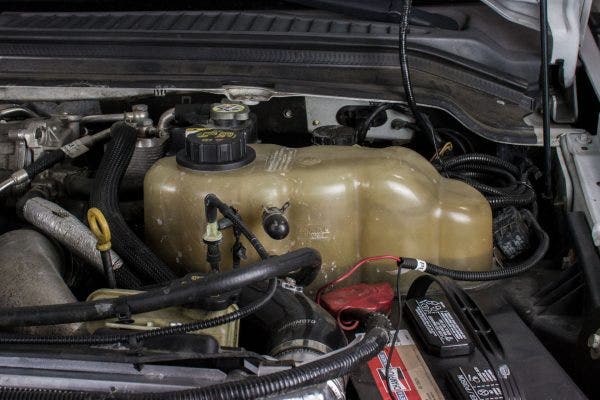
Our last post looked at the stock degas tank and we learned that the tank isn't just playing double duty, but triple duty. Molded into the bottom of the stock tank is the battery tray. No big deal. But, below that battery tray was another odd-shaped tank. It turns out that this tank is a vacuum chamber for the automatic hub locking system and it would make this project a lot more complicated.
Our first instinct was to do what we always do: make everything and make it better. So, we began fabricating a prototype to feel out how the process of making a degas tank/battery tray/vacuum chamber would go.
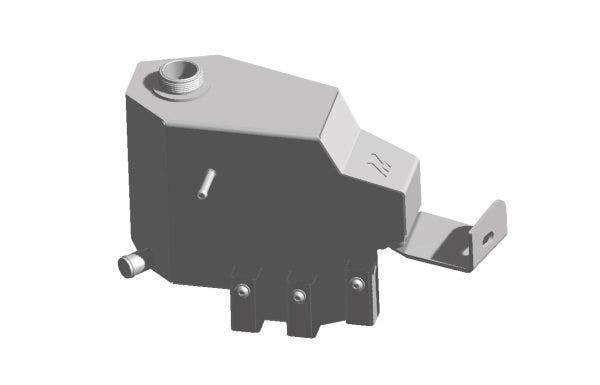
The prototype started with measurements and a 3D model, like most of our projects do. Our focus for this project was still to make a stronger and better-looking degas tank, so the engineer developed the tank first and built the other components around that. Once the 3D model for the tank was complete, we turned to the 3D printers to bring our computer model into the real world for test fitting.
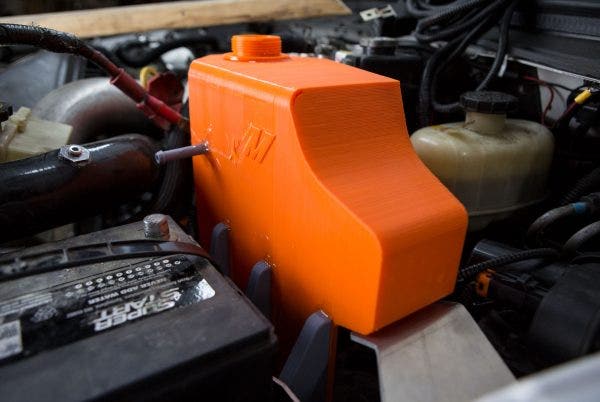
After the 3D printed degas tank had cooled and the excess material had been chipped away, we had the first component of our three-piece ensemble. The engineer modeled and 3D printed the lower vacuum chamber, and our fabricator put together a simple battery tray out of sheet metal. But, as the components came together, we started losing faith in this approach.
Each piece added more cost, with no real benefit to our customers. The degas tank looked great, but we worried about corrosion and the possibility of electrical shock with the metal battery tray. Molding the tray from plastic would add even more cost with zero advantage over the stock tray. Underneath, the vacuum chamber would be yet another added cost with no benefit. Worst of all, everything just looked bad together. It seemed we had hit a design road block.
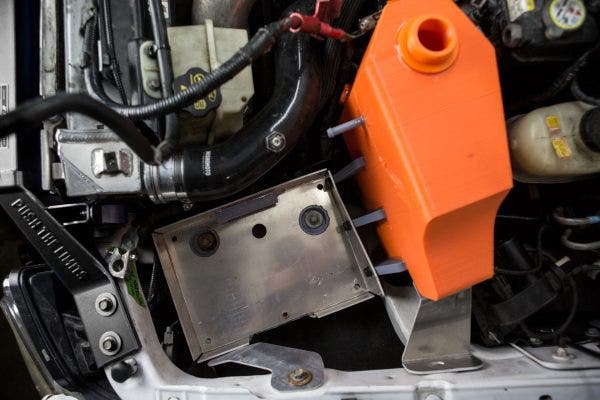
Never deterred by challenge, we turned to you for a new path forward. A post on the Powerstroke forums asked a simple question: Would you cut your stock battery tray for a stronger and better looking degas tank? A resounding, "Yes," from our customers solidified our new path forward with this project. A path that would keep costs down without sacrificing quality. A path that would make this 2008-2010 Ford 6.4L Powerstroke degas tank one of our best-looking tanks yet.
We'll take the first step on that path in the next post. For now, feel free to leave any comments or questions you have. As always, thanks for reading and keep an eye out for the next post.
Thanks!
-Steve




